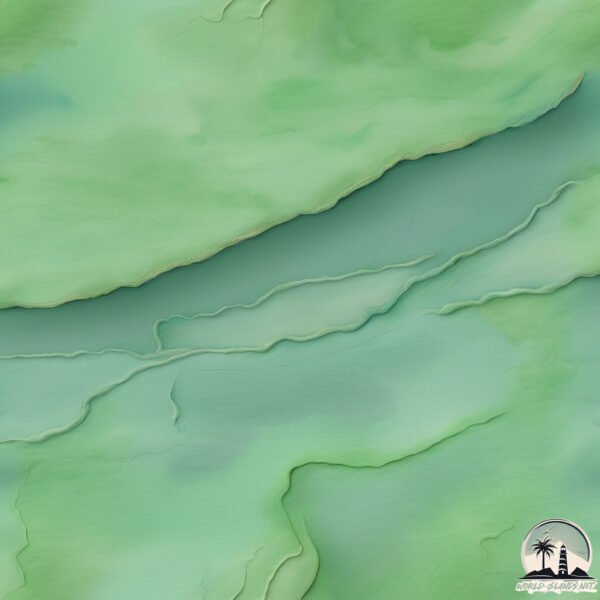Welcome to Four Mile Island , a Continental island in the Hudson Bay, part of the majestic Arctic Ocean. This guide offers a comprehensive overview of what makes Four Mile Island unique – from its geography and climate to its population, infrastructure, and beyond. Dive into the details:
Geography and size of Four Mile Island
Size: 0.913 km²Coastline: 7 kmOcean: Arctic OceanSea: Hudson BayContinent: North America
Four Mile Island is a Tiny Island spanning 0.913 km² with a coastline of 7 km.
Archipel: –
Tectonic Plate: North America – Covers North America and parts of the Atlantic and Arctic Oceans, characterized by diverse geological features and varying levels of seismic activity.
The geographic heart of the island is pinpointed at these coordinates:
Climate and weather of Four Mile Island
Climate Zone: ContinentalClimate Details: Dry-Summer Subarctic ClimateTemperature: Cold Summer
Climate Characteristics: Short, mild summers with significantly less moisture, and prolonged cold periods. Found in northern, inland regions.
Topography and nature of Four Mile Island
Timezone: UTC-06:00Timezone places: America/ChicagoMax. Elevation: 4 m Mean Elevation: 3 mVegetation: Herbaceous CoverTree Coverage: 14%
The mean elevation is 3 m. The highest elevation on the island reaches approximately 4 meters above sea level. The island is characterized by Plains: Flat, low-lying lands characterized by a maximum elevation of up to 200 meters. On islands, plains are typically coastal lowlands or central flat areas.
Dominating Vegetation: Herbaceous Cover
Vegetation: 3 vegetation zones – Moderately Diverse Island
Infrastructure and Travelling to Four Mile Island
Does the island have a public airport? no .
Does the island have a major port? no .
The mean population of Four Mile Island is 0 per km². Four Mile Island is Uninhabited. The island belongs to Canada .
Continuing your journey, Bear is the next notable island, situated merely km away.
Meltdown: Three Mile Island | Official Trailer | Netflix
This gripping four-part documentary series tackles the near catastrophe at Three Mile Island nuclear power plant in Pennsylvania ...
Meltdown: Three Mile Island | Official Trailer | Netflix
This gripping four-part documentary series tackles the near ...
This gripping four-part documentary series tackles the near catastrophe at Three Mile Island nuclear power plant in Pennsylvania ...
Inside the $1.6B Plan to Restart Three Mile Island | WSJ
The lights are turning back on at Three Mile Island in Pennsylvania, ...
The lights are turning back on at Three Mile Island in Pennsylvania, the site of America's worst nuclear meltdown, after it has lain ...
Three Mile Island Documentary: Nuclear Power's Promise and Peril | Retro Report | The New York Times
More than three decades after the accident at Three Mile Island cast a ...
More than three decades after the accident at Three Mile Island cast a shadow on the atomic dream, is America again ready to ...
Canada is classified as Developed region: G7: Group of Seven – Major advanced economies, including Canada, France, Germany, Italy, Japan, the United Kingdom, and the United States. The level of income is High income: OECD.
News – Latest Updates and Headlines from Four Mile Island
Stay informed with the most recent news and important headlines from Four Mile Island. Here’s a roundup of the latest developments.
Loading...
Please note: The data used here has been primarily extracted from satellite readings. Deviations from exact values may occur, particularly regarding the height of elevations and population density. Land area and coastline measurements refer to average values at mean high tide.

